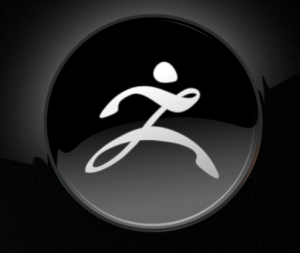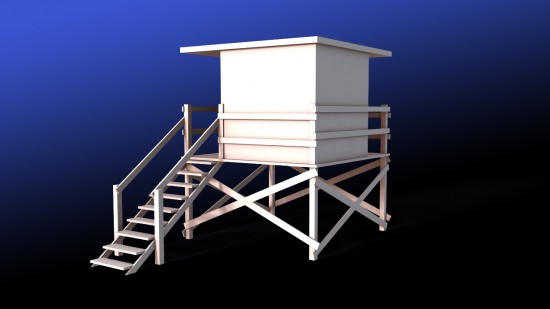 Don’t panic, this post is not in French, it’s merely an homage to my man Fred Lebain whose collection of Holga images has always inspired me.
Don’t panic, this post is not in French, it’s merely an homage to my man Fred Lebain whose collection of Holga images has always inspired me.
I hear great things about a piece of software called ZBrush. Apparently it’s the best thing that’s happened to the 3D industry since the candy machine. The current release 4R6 packs a heft price tag of $795 (about £560) and therefore sends the message: “It’s not a hobby tool – it’s business software”.
The sales pitch says it does it all and more – from modelling in a very artistic and intuitive way, to texturing better than any other app could ever do. Their customer service is fantastic and they have a showcase site called ZBrushCentral where creators from all over the world can share their works and be admired.
Over the next four weeks, I’ve decided to find out for myself.
For the last few months I’ve gradually been getting back into all things 3D, something that has fascinated me ever since I’ve discover DAZ Studio back in 2008. We’re working on a new iPad app that will feature many 3D renders, one thing lead to another and I’m finding myself wanting to do more 3D things.
I always thought it would be great to sell 3D creations – but the tools and knowledge needed to create anything from a simple prop to full clothing items isn’t something of a walk in the park. It’s pain and agony, years of learning, hours of frustration brooding over undocumented super complex functions in software packages that never look the same for longer than 2 months.
Sounds like something I’d be interested in.
So apart from Poser, DAZ Studio, Hexagon, Carrara and Photoshop, perhaps it’s time for yet another tool in my ever growing arsenal of digital stuff. Hence I decided to give ZBrush a go.

What the hell is ZBrush?
I’ve heard about ZBrush many times on countless forum posts. Everything that’s complicated to do in other apps is apparently a breeze in ZBrush. It doesn’t quite fit into any category. It’s not a modelling app like 3DS Max or Maya, and it’s not a painting tool like Photoshop. Yet it can do both.
I understand it’s a “2.5D illustration tool” that has taken the gaming industry by storm, and has made a similar impact in the movie and TV industry when it comes to special effects and 3D characters.
Just like the totally free Sculptris (available from the same company), modelling in ZBrush is like sculpting with digital clay. Rather than tessellate a cube and move edges and vertices around, you just “draw” on your model, stretch it a bit and use a Wacom tablet to create amazing things. From an artist’s point of view it sounds like a magical toolbox and can give hours of fun and creativity.
I’ve also heard that learning ZBrush is like shaving a cat with a wooden spoon instead of a safety razor (read: PAINFUL and almost IMPOSSIBLE). Everything in 3D is already a lot more complicated than it really should be, so I wonder how ZBrush is going to compare.
My ZBrush Journey begins
I’ve just bought the app, and thanks to some great pre-sales advice I can have my $800 back within 30 days if I don’t like the software. That was a couple of days ago, so I have 28 days left to embark on this epic journey into 3D creation and texturing with a new toy.
I’ve got my 27″ Thunderbolt Display, I’ve got my trusty MacBook Pro and a wireless Wacom Intuos 4 – let’s see what we can do with these amazing things (and how we feel about doing so).
I’d like to use ZBrush primarily for texturing. I’m not good at sculpting, and I’m just beginning to build models in Hexagon (a traditional vertex modelling app). This could be the beginning of a beautiful friendship.
As an aside: I’m also using Photoshop CS5 and have skipped CS6 completely – but I’ve heard that perhaps the 3D tools inside Photoshop could come in handy for texturing tasks. So I’ve also subscribed to a free trial month of the new Photoshop CC. Let me tell you, I’m immediately put off my the sluggish brushes, the ridiculous 3D tools and the new “subscribe or go to hell” licensing model Adobe have put in place.
I hope that my experiences with ZBrush will be better.